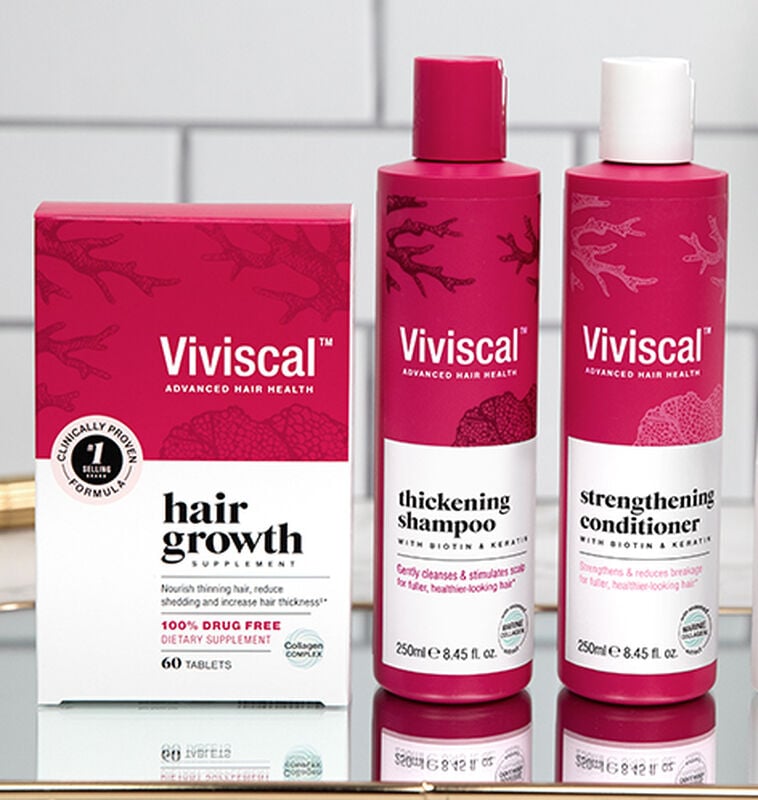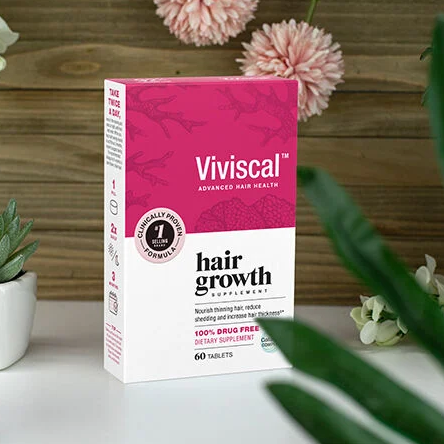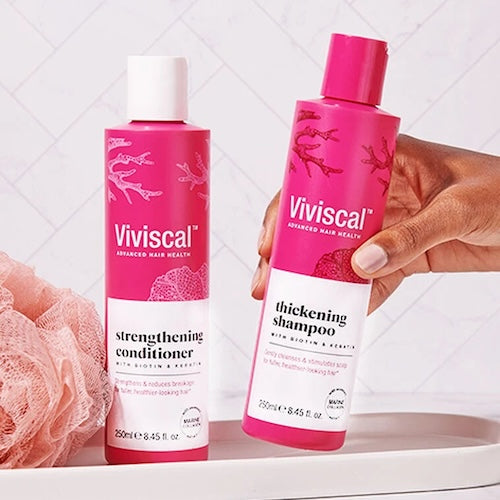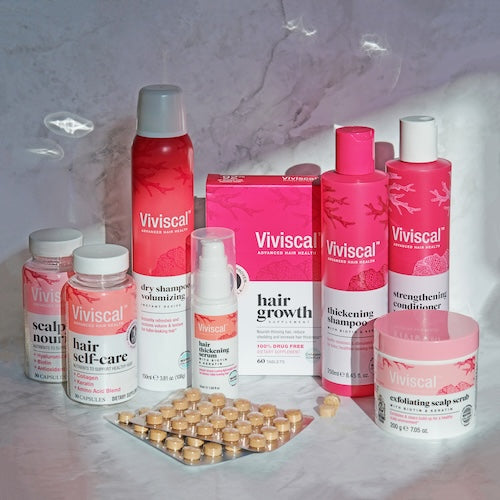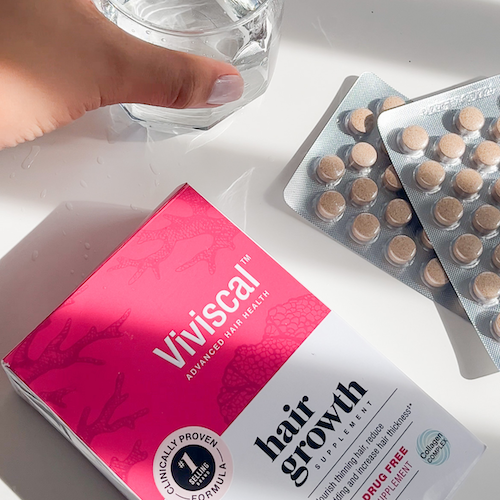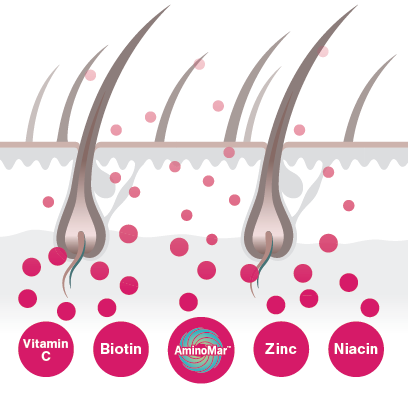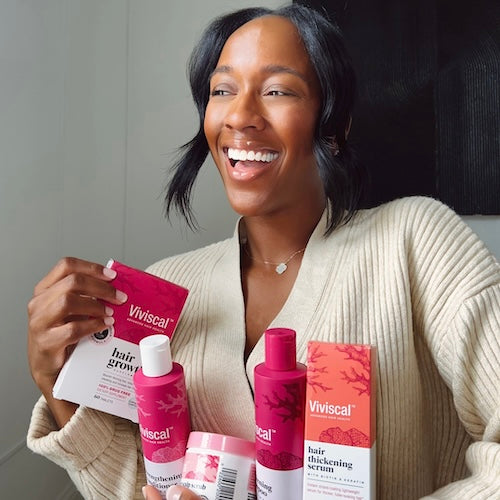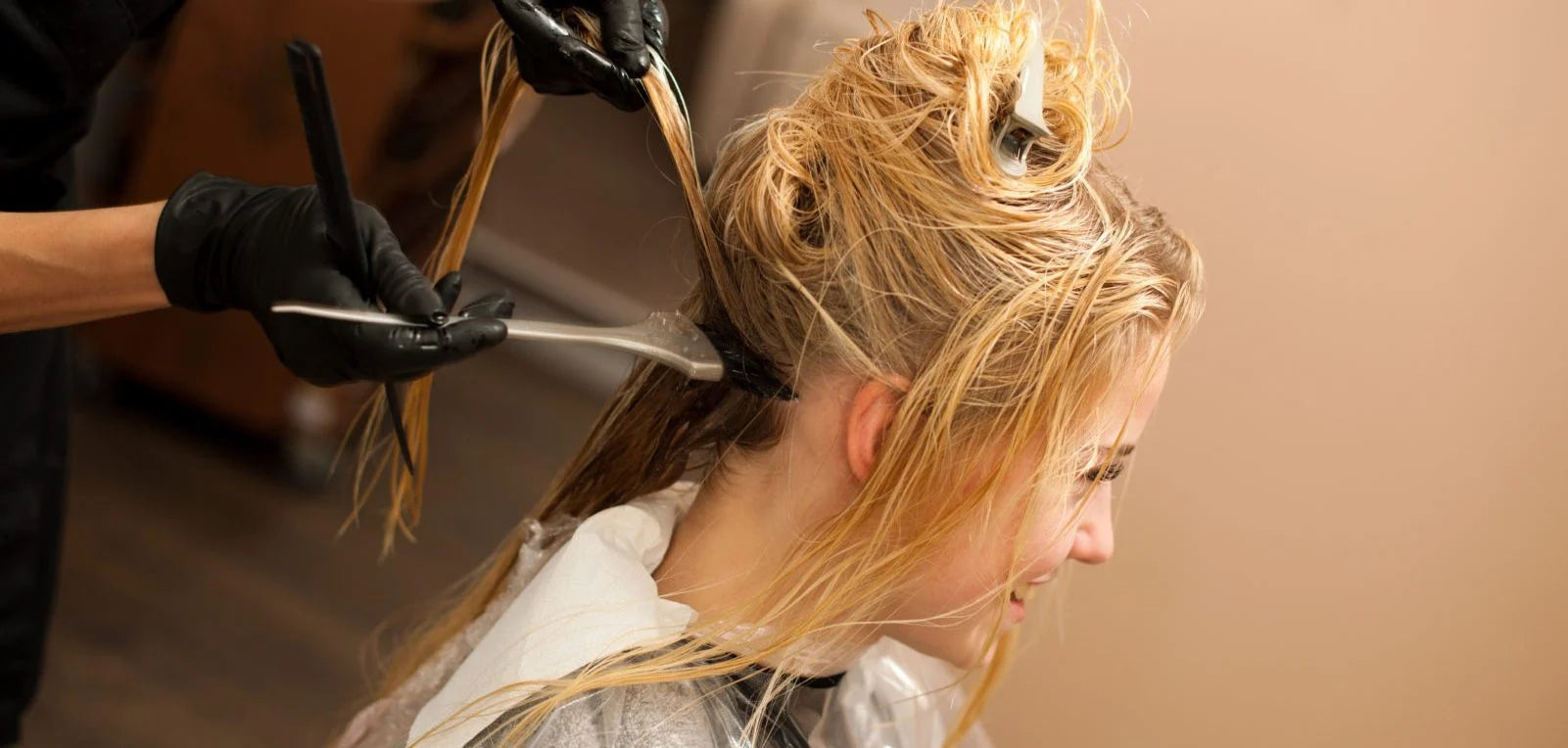Are you addicted to hair bleach and now have major hair damage? Put down the scissors! Before you go in for the big chop, we have a few recommendations for how to fix damaged bleached hair and grow out bleached hair. Keep reading to learn more!
What Causes Bleach-Damaged Hair?
Before we get into how to repair damaged, bleached hair, let’s talk about why bleach is so damaging for your locks.
Taking any kind of drastic measure to lighten hair has the potential to damage hair strands’ health and integrity—and, you know, making all that bleached hair fall out in clumps. The bleaching process opens up the cuticle, the protective layer on the outside of the hair strand. This allows the bleaching agent to penetrate the hair shaft and dissolve the pigment, which is what normally gives your hair its natural color.
However, overprocessing hair can damage or even destroy the cuticle. If the hair’s protective layer is damaged or gone, the hair can become extremely dry, brittle, and may even break off completely.
Some people’s hair is more resistant to Bleach Damage, but all hair has its limits. If you’re not careful with the conditioning products and heat-styling tools that you use, bleach eventually can do deep damage to hair over time.

How to Fix Damaged Bleached Hair
In case you’re also a bleach addict or dealing with some minor breakage, here are our tips for how to repair your bleach-damaged hair—or, better yet, how to make sure you never get there in the first place.
1. Cut Down on Shampoo
Bleach-damaged hair has a compromised or destroyed cuticle. When the cuticle is not fully intact, moisture can escape from the hair. Translation? Bleach-damaged hair is very dry.
That’s why it’s wise not to wash it as often as healthy hair. By skipping washes, you allow your scalp’s natural oils to do what they’re supposed to: moisturize your hair. Try to reduce the amount you wash your hair to once or twice per week. If your hair looks too greasy between washes, use dry shampoo to absorb the extra oil.
2. Choose a Gentle Shampoo
When you do wash your hair, make sure you’re using a gentle shampoo that won’t strip your hair, and always follow with a nourishing conditioner. We recommend using Viviscal Gorgeous Growth Densifying Shampoo and Conditioner, which gently cleanse and condition hair while fortifying it with hair-healthy vitamins and minerals. As a result, hair looks naturally thicker and fuller.
3. Get a Trim
Bleach-damaged hair often has a lot of breakage and split ends. For healthier-looking hair, get frequent, smaller trims to snip away the damage. This will help stay on top of any minor damage and avoid having to do a drastic, big chop later.
4. Avoid Heat
To repair damaged, bleached hair, try to steer away from using too many heat tools on your hair, especially right after you get it colored. Embrace your natural hair texture, or learn heat-free hairstyles or Heat-Free Ways To Curl Your Hair.
5. Break Out the Coconut Oil
Believe it or not, this pantry staple can be an excellent multi-tasker for fixing bleach-damaged hair. Coconut Oil moisturizes and nourishes parched strands with fatty acids and vitamins. Plus, it has amino acids that can help repair the structural damage from bleaching.
Here are a few ways to incorporate coconut oil into your bleach-damaged hair routine:
- Before your next color appointment, sleep with coconut oil in your hair. This will help strengthen and prep your hair before bleach, helping to mitigate some of the damage.
- Apply coconut oil to your ends before bed each night to moisturize them and prevent them from splitting.
- Use coconut oil as a moisturizing hair mask. Apply to dry hair, allow to sit for at least twenty minutes, then wash out with Shampoo and conditioner.
Growing Out Bleached Hair
In some cases, bleached hair becomes too damaged to repair. When this happens, it’s time to grow out your bleached hair. Follow these tips to make the transition to your natural hair color as smooth as possible!
Ask for Lowlights
One of the most difficult parts of growing out bleached hair is dealing with the line of demarcation—the line where your bleached and natural roots meet. If you’re committed to growing out your bleached hair without cutting it, you can ask your colorist to add lowlights that blend your roots with the rest of your hair. This will make the line of demarcation less obvious, and your grow-out process will be more seamless.

Nourish from the Inside Out
If you’re trying to grow out bleached hair, chances are you’re looking for healthier hair. That’s where Viviscal comes in. Viviscal Hair Supplements are clinically proven to nourish thinning hair and promote existing hair growth from the inside out.*
The secret lies with Viviscal’s unique combination of vitamins and minerals plus AminoMar™, a proprietary collagen complex. While the results do take a while to kick in (after all, hair can only grow a maximum of a half-inch per month!) you should see thicker, fuller and healthier hair in 3-6 months.*
Embrace the Awkwardness
Let’s be real: growing out bleached hair isn’t always pretty. To get through the awkward times, look on the bright side. One bonus of letting natural hair color grow out is spending a lot less time and money in the salon. And once your natural hair color has fully grown in, you won’t need to worry about your roots anymore!

The Big Chop
If all else fails, you can always get a Pixie Cut. Why? Because shorter hair is easier to grow out. Since hair grows at a rate of about a half-inch per month max, it will only take you one to three months to grow out your bleached hair. Plus, since your ends tend to be the most damaged part of your hair, your hair will look healthier while you’re growing out the bleached sections. If you’re feeling adventurous, ask your hairstylist to cut your hair into a cute pixie cut.
If you have bleach-damaged hair, there is some hope to fix it without growing out your bleached hair. With a little help from these tips—and a lot of patience—you can reclaim your healthy hair.
